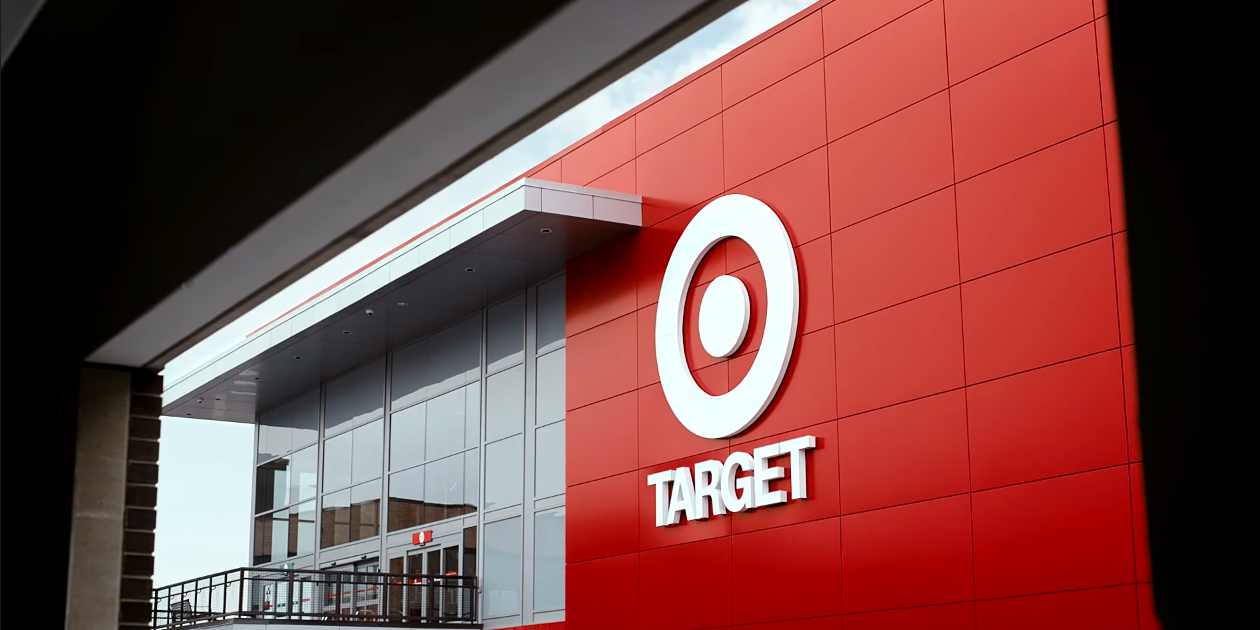After a disastrous Canadian expansion last year and a public apology for falling short on consumers’ expectations, Target Canada has announced detailed plans for a turnaround.
The retailer, which opened 124 stores in Canada in just 12 months, has been plagued by supply chain issues resulting in empty shelves, poor selection and customer complaints over high prices in comparison to its U.S. stores. Target Canada has lost US$1 billion since the expansion began in March 2013.

Consultant Ed Strapagiel says the plan may “eventually” work, but Target went public with it too soon
“We’ve been listening to our guests and taking a hard look at where we need to improve,” said Mark Schindele, president of Target Canada, in a release. “We’ve uncovered the root cause of some of our challenges and are focused on three main areas: improving in-stocks, sharpening our pricing strategy and enhancing our merchandise assortment.”
Schindele, formerly senior vice-president of merchandising operations of Target’s U.S. operations, replaced Tony Fisher as president of Target Canada in May. Target Canada also bolstered its executive ranks by appointing John Butcher as senior VP of merchandising, and Janna Adair-Potts as senior VP of stores and distribution.
The company is addressing its supply-chain problems with a number of initiatives, including a “reset” of its inventory systems and more accurate ordering and shipping data. It will also adjust delivery schedules so stores receive merchandise more frequently.
Target is also implementing a new price-matching policy and the addition of 1,000 items to its roster of 20,000 items that are regularly shopped.
On the merchandising front, Target announced a partnership with Canadian designer Sarah Richardson, who will launch a line of home décor this fall. The retailer will also bring in more Beaver Canoe products, expand its maternity wear assortment, and launch U.S. women’s fashion line Nick & Nora into stores next year.
“We know we still have work to do, but the entire Target team is focused on continuous improvement so that Canadian guests will have the Target experience they deserve,” Schindele said.

Daniel Torchia says Canadian consumers are willing to give the brand a second chance (photo: Wikimedia user Sahbiti)
Toronto retail consultant Ed Strapagiel said the turnaround plan might “eventually” win back consumers, but he thinks Target went public too soon. “There’s no point in driving traffic to the stores or even marketing to customers all that much until they have [the supply chain issues] sorted out,” he said. “Otherwise they’ll just keep on disappointing shoppers… If they put out an expectation that you can get a certain product at Target and it’s not there, that’s just a nail in the coffin.”
On the marketing front, Strapagiel noted that with its flyers, Target has been trying to drive traffic with commodity items like detergent and chips. “There are two problems with that: there’s not a lot or any profit in high-volume consumables, and secondly, I don’t know that people need to go there just for run-of-the-mill items that they can get anywhere else. So, [Target] still has a ways to go.”
Strapagiel also thinks the Target.ca website needs a major overhaul, since it doesn’t actually list the products that are available, never mind not having e-commerce capabilities. He said consumers are “web-rooming,” meaning visiting a retailer’s website to find out what’s in store.
“If you consider a buying public that’s reluctant to go to Target and get disappointed, they might check out the website, but there’s nothing there to actually make you want to go and spend your money at Target.”
On the communications front, Daniel Torchia, managing director of Torchia Communications, said as Target starts implementing the initiatives, it should continue to tell the story of a company that is rebuilding.
“I think people will come back into the stores because people are willing to give second chances, but [Target] has to deliver now,” he said. “It’s more important to under-promise, over-deliver and communicate, communicate, communicate.”











